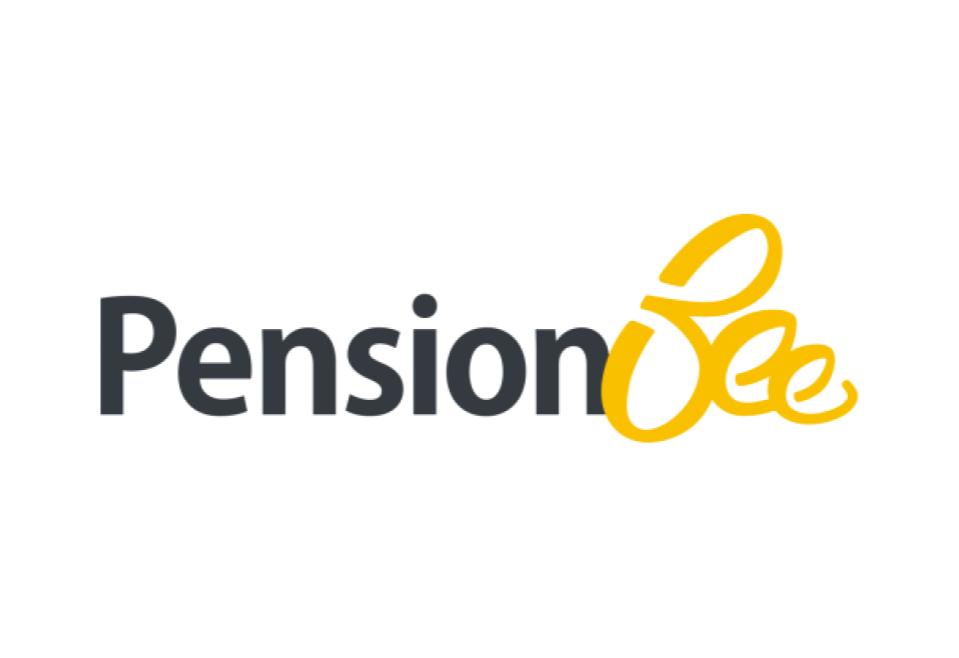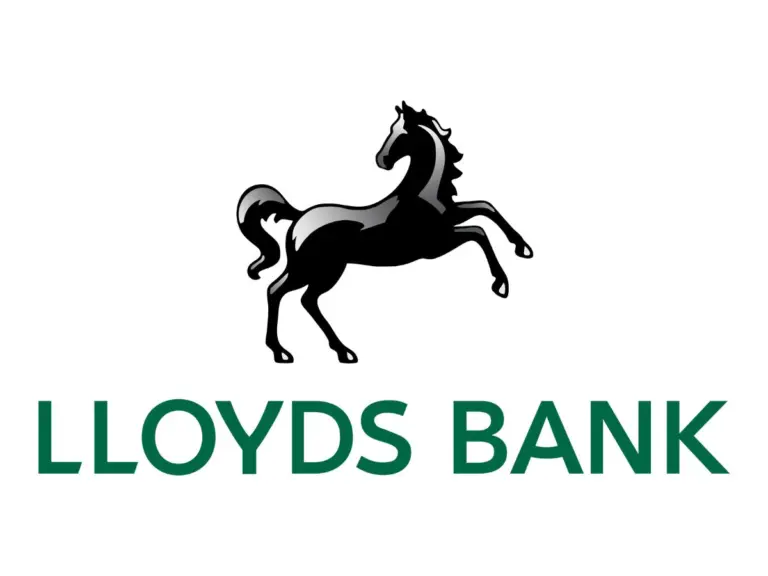PensionBee review: Why I picked them for my freelancer pension
Money Talk is intended to inform and educate; it's not financial advice. Affiliate links, including from Amazon, are used to help fund the site. If you make a purchase via a link marked with an *, Money Talk might receive a commission at no cost to you. Find out more here.
In 2021, I set up a handful of “experiments” where I deposited smallish amounts of money into various places with a view of writing about the process.
These were financial decisions I would have made anyway, but the timing and amounts were designed to make comparison easier.
One of these was the switch to PensionBee for my self employed pension.
There are quite a few elements here so this PensionBee review is going to be a three-parter, with an overview of how things work in practice, and an update on how my pension performed and my verdict rounding off the mini series.
A disclaimer before we start
By the way, this review is my experience and personal opinion only and shouldn’t constitute financial advice.
For that, you would need to go to someone who’s regulated by the Financial Conduct Authority, who can tailor their advice to your situation.
What is PensionBee all about?
Founded in 2014 (but launched in 2016), PensionBee is a challenger to the – let’s be honest – pretty stagnant market for pension providers.
Its whole ethos is that setting up a pension should be simple, and it’s tried to do that by making the process of finding scattered pension pots and merging them into one as easy as possible.
So if you need a hand finding “lost” pension pots, PensionBee will come in pretty handy.
Unlike some of the more traditional pension providers, PensionBee doesn’t manage your money.
Instead, it partners with some well known money managers – including BlackRock, State Street Global Advisors, HSBC and Legal & General – to do that.
In other words, they provide the tech but the experts do all the hard work. Your money is also protected under the Financial Services Compensation Scheme (FSCS).
Currently PensionBee is a publicly listed company – it made its debut on the stock market in April 2021 – which means you can buy and sell their shares.
Why I went with PensionBee
When I went freelance at the beginning of 2021, one of the things I wanted to sort out was my pension.
I had worked for so many different employers in the past decade that I had all of these different pension pots just lying around.
Concerned about the fees that I might be paying on smaller pots, I decided that I wanted to merge them.
If nothing else, it would mean I could see them all in one place, which hopefully in turn means they’re much easier to manage.
But not all pension providers are open to freelancers, and not all of them allow lump sum deposits (rather than regular contributions), which is what I needed to ease cashflow.
PensionBee struck a chord because it seemingly targeted freelancers, made merging pensions easy and allowed lump sum deposits.
It also offered one of the more competitive rates on the market for its management fees.
There were a lot of similar products on the market though so I must admit, the thing that cinched it for me was that at the time, TopCashback* was offering a great cashback deal when you transferred your pension in.
A breakdown of PensionBee fees
When I updated my review back in 2024, PensionBee offered eight different pension plans – Tracker, Tailored, Fossil Fuel Free, Impact, 4Plus (aiming for 4% growth), Shariah, Preserve and Pre-Annuity – each with its own fee and product manager.
Since then it’s massively simplified its offering, scrapping the Tailored, Fossil Fuel Free, and Impact plans.
Now there are just six plans: Global Leaders (default for under 50s), 4Plus (default for over 50s, aiming for 4% growth), Tracker, Climate, Shariah, and Preserve.
Annual management fees start from 0.50% to 0.95% depending on which plan you pick. These are pretty standard across the industry.
Like other pension providers and investment platforms, if you have a portfolio over a certain size the fees will be lower.
PensionBee’s threshold is £100,000.
However, the drop in fees only applies to the portion above £100,000, rather than the entire portfolio.
It means overall, you might be paying more fees than other platforms, such as Hargreaves Lansdown.
You may also be charged a transaction fee for certain investments, which PensionBee says averages at 0.04%. This is also standard practice in the industry.
However, this fee isn’t shown on statements explicitly – it just reduces the overall growth of your investment (PensionBee’s explanation here).
Why I went with the Tracker plan
Back in 2021 when I opened my PensionBee account, I decided to go for the Tracker plan.
It’s managed by State Street Global Advisors (SSGA), one of the world’s largest asset managers.
It had the lowest fee – there were far fewer options when I moved to PensionBee – and the investment approach broadly matched my needs.
The investment portfolio leaned towards equities (shares), which tends to be more volatile with more chance of reward, and there’s a decent percentage in more stable investments (cash and fixed income).
The portfolio is focused on developed countries, with a bigger slice in North America, followed by the UK, Europe and finally Asia, so there’s good exposure to different markets, which should help balance out any region-specific volatility.
Plus, its past performance has generally trended upwards – although of course this is no indication of future returns.
In terms of overall risk, PensionBee designates it a medium.
My situation when I picked the Tracker plan
For context, I was relatively new to investing at the time.
My investments at Nutmeg were set to high or very high risk because I was at the stage (and age) in my life where I could afford to be a bit more risky.
There was still plenty of time for portfolio growth to catch up by the time I’d retire.
I also had a very mixed portfolio, because you know what they say about putting all your eggs in one basket.
There was one other factor: I expected to use my money in the next five years to pay off my mortgage.
I don’t have a huge amount of disposable income so I made a decision to limit the amount of money I invested or set aside for pensions or LISAs.
Anyway, I hit the apply button and initiated the transfer. Sadly, it wasn’t all quite as straightforward as I had hoped, as you’ll see from the next two posts in this series.
The other posts in the PensionBee review series
This post was originally published in July 2022. It was updated in December 2025.
Pin this for later







